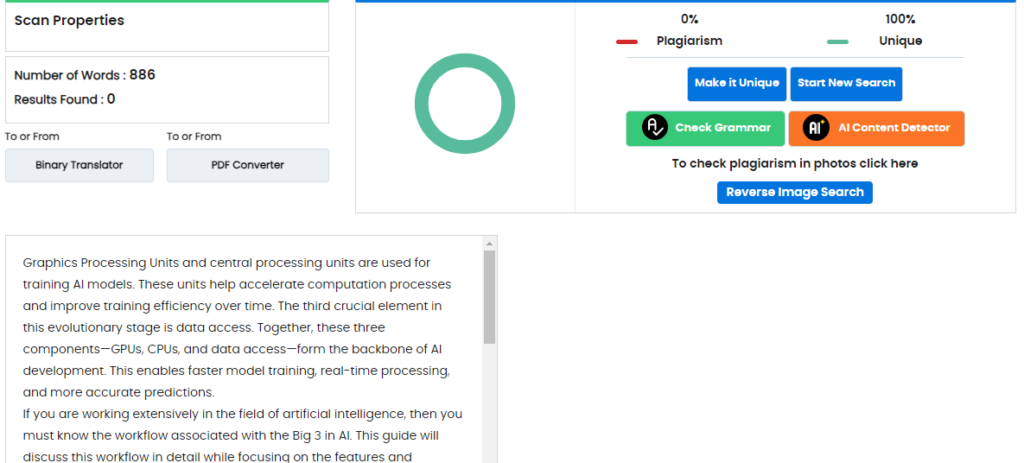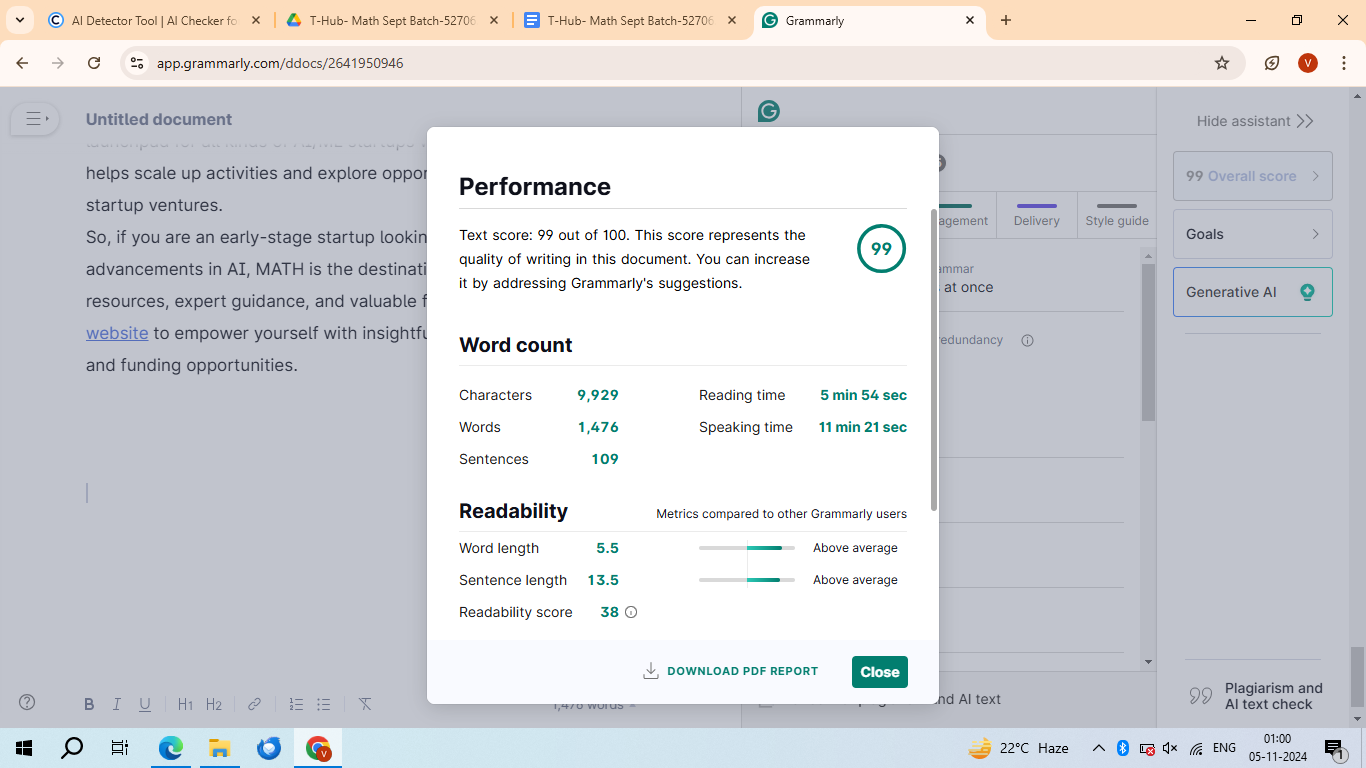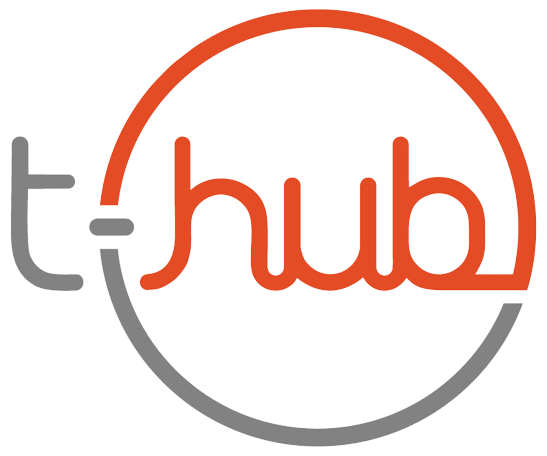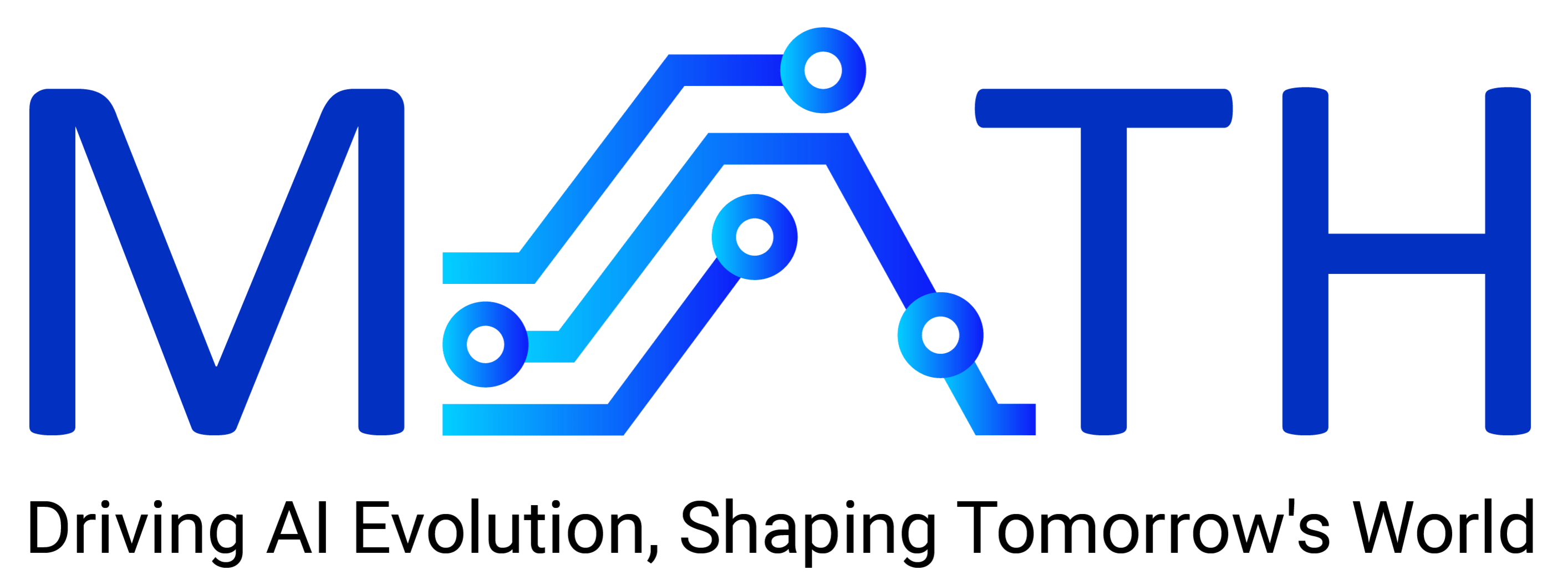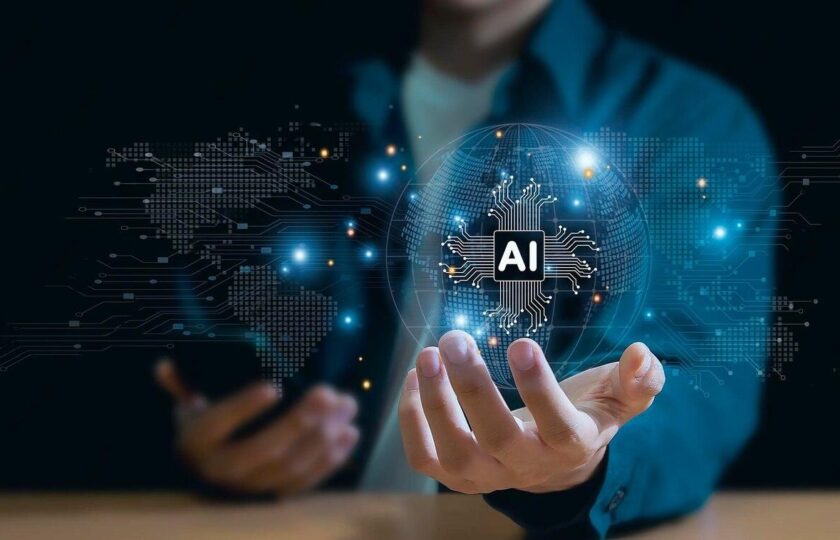GPU, CPU, and Data Access – The Importance of the Big 3 in AI
Did you know that AI training powered by Graphics Processing Units (GPUs) can be up to 100 times faster than traditional computing methods? Yes, and they do their magic and allow models to process billions of data points in minutes. GPUs and CPUs are essential for training AI models, accelerating computation processes, and improving training efficiency over time.
The combination of CPUs and GPUs in different kinds of AI model training leverages their respective strengths. CPUs handle data preprocessing, sequential operations, and system management, while GPUs excel at parallel computations and matrix operations. GPUs’ high memory bandwidth and parallel architecture make them effective for deep learning models that require handling complex architectures and large datasets.
The third crucial element in this evolutionary stage is data access. Together, these three components (GPUs, CPUs, and data access) form the backbone of AI development, enabling faster model training, real-time processing, and more accurate predictions.
If you work extensively in artificial intelligence, then you understand the workflow associated with these Big 3 in AI. This blog will discuss this workflow in detail, focusing on the features and functionalities of each element.
Understanding The Big 3 in AI: GPU, CPU, and Data Access
For AI/ML-based startups, access to GPU, CPU, and data is crucial because these resources directly impact the ability to develop, test, and scale AI models efficiently. Here’s why each resource is important:
1. GPU
A GPU refers to specialized hardware designed specifically for efficiently processing large blocks of data simultaneously. This makes the unit ideal for video processing, graphics rendering, and accelerating complex computations in all kinds of AI and ML applications across organizations. These applications feature numerous small processing cores optimized for all kinds of parallel tasks.
In fact, modern GPUs can process data up to 10 times faster than traditional CPUs. These extraordinary features make them indispensable for high-demand AI applications. The global GPU market is also projected to grow enormously and reach $200.85 billion by 2029. These big numbers highlight the increasing demand for GPU technology across industries.
GPUs are also considered to be the backbone of AI processing and play an increasingly important role in data centers. These units provide cutting-edge performance for AI training and inference, driving companies to invest in new storage and computing capacities.
Microsoft has also recently announced the largest investment to date to accelerate the adoption of AI, skilling, and innovation in France. The company is all set to invest €4 billion in cloud and AI infrastructure, skilling, and French Tech acceleration. It aims to support 2,500 AI startups and train over 1 million people by 2027.
2. CPU
The CPU is considered to be the master of any computer system. The unit can schedule the clock speeds and system components at the core. CPUs can also perform complex mathematical calculations quickly. In fact, modern CPUs can execute up to billions of instructions per second which makes them highly efficient for single-threaded tasks. This applies as long as the units process one problem at a time. However, CPU performance often begins to slow down when performing numerous tasks simultaneously.
CPUs are considered to be a better choice for algorithms that perform complex statistical computations. The most common ones include natural language processing (NLP) and some deep learning algorithms. For example, NLP models can process up to thousands of words per second on CPUs. This tremendous caliber makes them convenient for applications in conversational AI and virtual assistants.
The best examples here are robots and home devices, which often use simple NLP models that work well on CPUs. Several other tasks, like image recognition or simultaneous location and mapping for autonomous vehicles or drones, also work on CPUs.
3. Data Access
Data is the main foundation upon which AI capabilities are built. In fact, over 90% of the world’s data was created in the last two years alone, and by 2025, the global data volume is expected to reach 175 zettabytes. Big data provides valuable insights and trends that AI systems can utilize for learning and decision-making purposes. It is collected from various sources, such as the Internet, feedback from users, or business datasets.
Businesses often rely on data analytics to mine through stored information to generate reports that guide their strategies. Data-driven companies are 23 times more likely to acquire customers and 19 times more likely to be profitable. Most of these details are analyzed by data scientists and analysts. Industry professionals can optimize artificial intelligence systems to meet the demand for efficient data processing by programming algorithms. The industry demands skilled data professionals proficient in report generation, data entry, and synthetic data creation.
How the Core 3 Components Enhance AI Model Training?
The workflow associated with GPU, CPU, and data access usually involves the following steps when training an AI model:
1. Data Preprocessing
CPUs are responsible for tasks like loading and preprocessing the training data. This also includes data normalization, transformation, and feature extraction, crucial steps to ensure the model learns effectively. On average, data preprocessing can account for up to 60-80% of the time spent on a machine learning project. These operations are sequential and benefit from the versatility associated with all kinds of CPUs.
2. Model Definition
GPUs and CPUs define the architecture of the AI model. GPUs can perform computations 10 times faster than CPUs which makes them indispensable for the training process, especially for tasks like forward and backward propagation. CPUs, on the other hand, execute the codes for defining connecting layers, model structures, and configuring hyperparameters.
3. Forward Propagation
Forward propagation involves the process where all input data passes through the layers of the neural network. This particular step is highly parallelizable and benefits from a GPU’s ability to handle large-scale parallel calculations on matrices. For deep learning models, GPUs can reduce training time by up to 85% compared to CPU-only processing.
4. Backward Propagation (Gradient Computation)
The gradients of the model parameters are computed using techniques like backpropagation at this stage, which is key to adjusting the model’s weights. GPUs are particularly well-suited for this, as backpropagation can involve billions of calculations per second for large datasets and complex models.
5. Parameter Updates
The AI model’s parameters are updated using optimization algorithms like gradient descent. This process involves both GPUs and CPUs, with CPUs managing the optimization workflow while GPUs handle the parallel computations.
6. Memory Management
CPUs manage memory resources during AI training, ensuring efficient data access and storage. They oversee data transfer between main memory (RAM) and GPU memory (VRAM), a critical aspect in maintaining data throughput rates up to 700 GB/s for some advanced GPUs.
Efficient Combination of CPU, GPU, and Data Access: Available at MATH
There is no denying that AI training requires a combination of three crucial elements: CPUs, GPUs, and data access. To fully unlock AI and ML potential, startups need a robust ecosystem that supports seamless integration of these elements and fosters innovation.
MATH, the Center of Excellence for Machine Learning and Artificial Intelligence Hub, connects numerous startups, academia, government, and industry giants to unveil the future of innovation. It serves as a launchpad for all kinds of AI/ML startups with disruptive solutions. MATH helps scale up activities and explore opportunities to elevate AI/ML startup ventures.
MATH T-Hub’s programs provide startups access to advanced GPU resources, helping them harness these capabilities for faster model development. Its transformative ecosystem for startups supports a mini data center with GPU capabilities and robust data infrastructure to drive AI/ML-based startups brewing in the nation. The mini data center includes GPUs optimized for parallel processing tasks and high-performance CPUs help in performing general computing tasks. The data center supports high-speed storage, like SSDs or NVMes drives, optimized for read/write speeds required for intensive data processing. The data center’s robust network infrastructure connects the computing and storage components for seamless data exchange.
It also supports a data lake that gives startups access to a wide range of structured and unstructured data for market research.
So, if you are an early-stage startup or an AI/ML-based startup with an MVP but require resources to scale, MATH programs provide access to cutting-edge resources, expert guidance, and valuable funding opportunities. Enroll in programs like MATH Nuage or AI Scaleup today to empower your startup with insightful resources, expert guidance, and funding opportunities.

